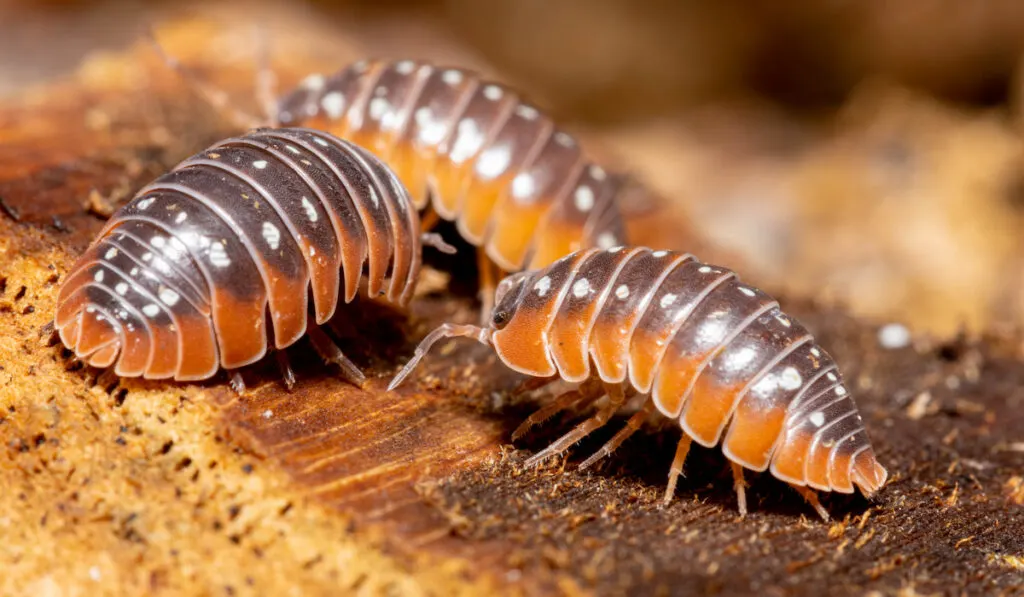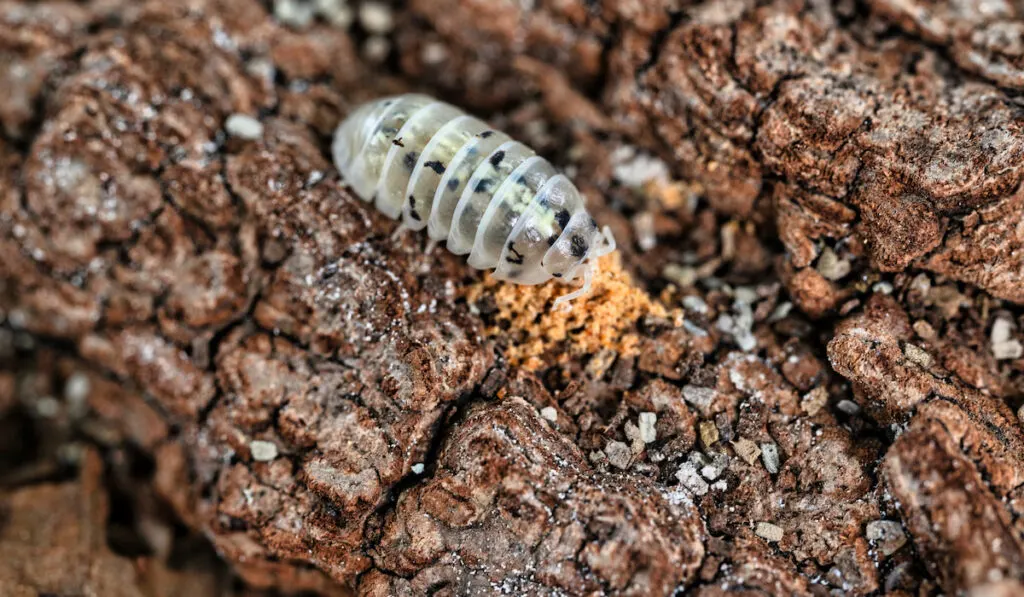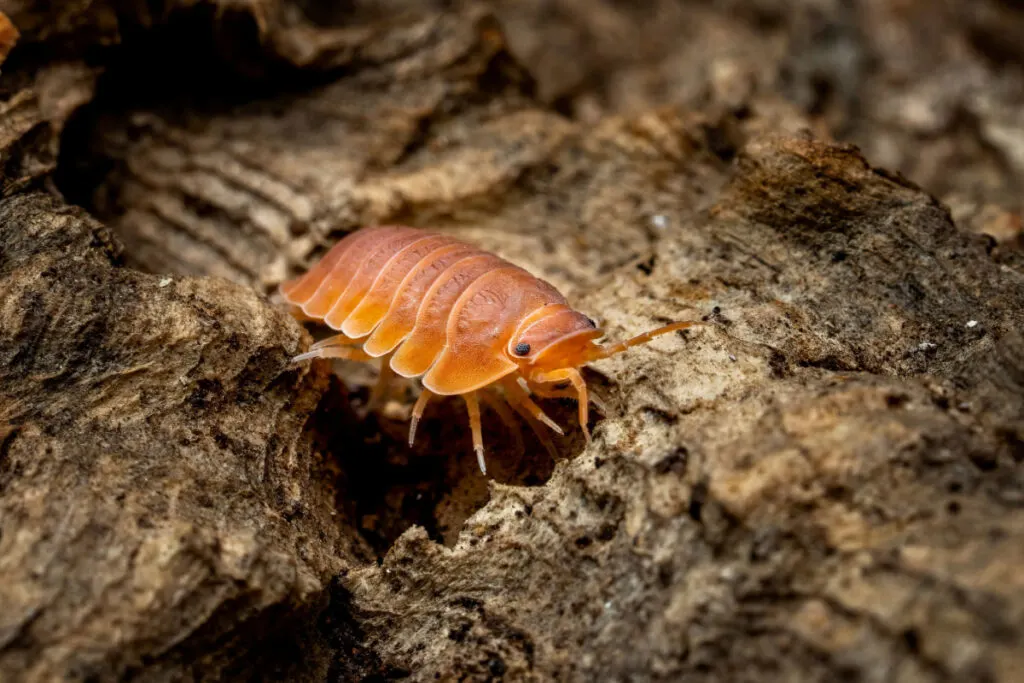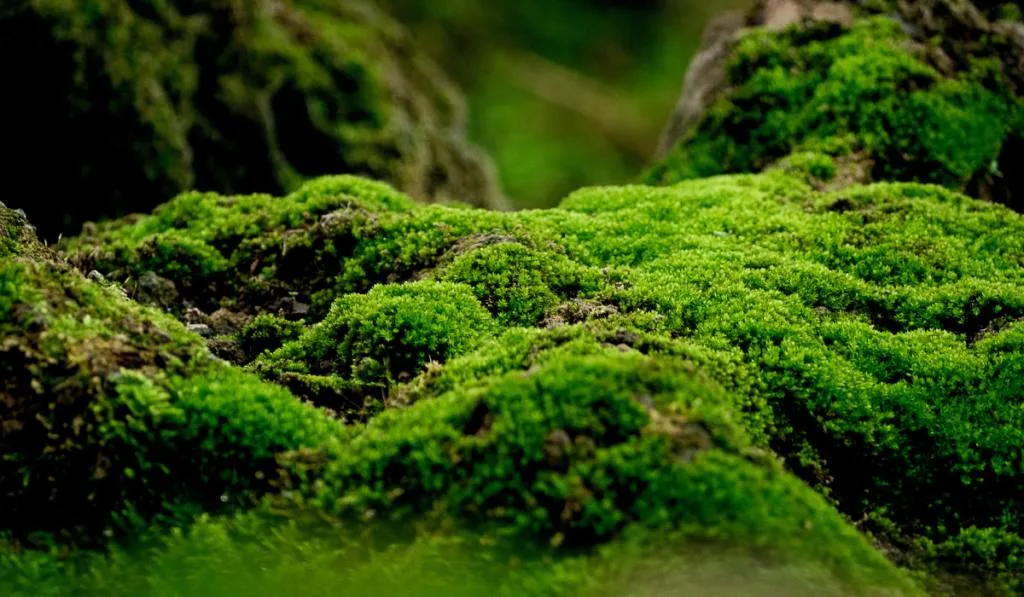While the general maintenance of the isopod colony tends to be on the lower side, there are still a few key factors any owner should bear in mind. Nearing the top of that list of concerns is the proper humidity and how to go about maintaining it over the life cycle of any one culture.
If you wanna keep your isopods from existing in an arid, dry substrate, how humid should you keep the vivarium?
Well, it can range quite a bit depending on which type of isopods you are keeping in your culture. A clown isopod has an ideal humidity range of about fifty to ninety-five percent, while a pillbug will benefit the most from a range of fifty to sixty percent.

The monitoring process that goes along with measuring humidity can feel a bit like a losing battle. Especially since most of the moisture a hygrometer (tool to measure humidity) is picking up comes from the air in a culture and not the substrate, which is where you should be most concerned about moisture.
So to keep from creating a small desert vivarium in your closet or pulling your hair out because the culture measures a few degrees under ideal, we will be going over every piece of information you need to keep humidity consistent in your culture!
Table of Contents
The Dangers Of Poor Humidity
There is a reason that most owners are overly cautious when it comes to the humidity in a culture. Only a healthy middle ground of humidity exists, as too little or too great of a moisture level can be a death sentence for the small invertebrate isopods.
To give you a better grasp of how important humidity is to the survival of your isopod colony, we will go over exactly what happens when humidity is insufficient in a culture.
Too Little Humidity
When your culture does not provide enough humidity to your isopods you are essentially suffocating them in an indirect way.
This is because isopods keep their lungs on the outside of their body, where their chest and stomach would be if they were human.
While humans do not need to keep their lungs moist due to them being inside of our bodies and consistently lubricated, isopods are not offered this evolutionary luxury and must keep those pesky oxygen sacs well watered at all times.
Typically this is done when they are digging through the substrate as the moisture from the soil will soak their underside and keep them healthy. If the substrate begins to dry out, that is when you will start to notice your isopods dying at an accelerated and unusual rate.
Too Much Humidity
The other side of the coin is not much better when it comes to these moist crustaceans. An ideal substrate will feel lightly wet when you run your fingers against it, though it should not be dripping when you squeeze it together.
If you do find your soil dripping after a clenched fist, you are over-misting your isopods and potentially harming them.
The problems with high moisture are numerous and the most obvious concern you will face is the breeding ground you are creating for bacteria to fester and grow. You will also oversaturate your isopods and they will begin to fail in their molting process.
This combination of dangerous side-effects can cause the downfall of a once-thriving culture. If your deceased isopods take on an orange hue or have the leftover skin of a previous molt then you more than likely have a high humidity problem in your colony.

Preventing Poor Humidity
When one is looking to improve their culture’s humidity levels they should make sure to look up the exact breed of isopod they are keeping as the ranges can differ quite substantially from species to species.
There are multiple methods any isopod owner can take advantage of to make sure the humidity levels never drop into the danger zone and their isopods are properly moisturized. Utilize these helpful tools and strategies to keep your roly-polies healthy and happy!
Proper Ventilation
When people ventilate their cultures, it isn’t uncommon for them to overdo the ventilation or even more dangerous, ventilate the culture too little.
If your substrate is drying out faster than normal you are likely over ventilating your culture and may benefit from closing up a hole or two until the humidity levels die down a bit.
This process should be done slowly over several days as too little ventilation can create carbon dioxide at the base of your culture which is incredibly lethal and will collapse a colony overnight.
Daily Misting
If you find that you live in a drier climate or your substrate simply dries out quicker, then a light daily misting will help keep your isopods from drying out. This also allows you to monitor them more often to notice any concerns or signs of poor health in your colony.
When doing this, using the feel method of checking the moisture in the top layer of soil is essential or you run the risk of over-misting the culture.

Administer a Half-On Half-Off Method
If you aren’t positive about how much moisture to give to your isopods, then you can try keeping one side of their enclosure wet and the other side dry. This will allow you to monitor how they interact with the dry and wet soil and you can change the amount of water given accordingly.
Due to the tricky nature of determining how much humidity is actually in the substrate, you will more than likely be going off ‘feel’ over anything else. This is only made more tedious when you realize that all different breeds of isopods have different requirements for humidity.
To lessen the headache of trying to determine the exact percentage of humidity, try to use this method and increase or decrease their watering routine accordingly.
Use Moss to Check Overall Moisture
If you find that grabbing the soil by hand is too difficult to judge or you are squeamish about accidentally hurting one of your isopods, you can use wet moss.
Grab a small collection of moss and get it sufficiently wet, enough that it matches the top layer of soil. The moss will be your measuring tool to see if the container is drying out too quickly, holding moisture far too long, or operating at an ideal setting.
This will also give you the benefit of knowing if moisture will remain in more less-traveled spots as opposed to pooling together in clumps of soil. Moss is cheaper and far more effective than hygrometers that collect the moisture in the air, or soil gauges that will need several inches of earth to properly get a gauge. Most cultures won’t even have half the amount necessary for such gauges.

Conclusion
Humidity will be something that will be on your mind every time you invest in a new breed of isopod and should be something an attentive owner checks regularly.
If you ever feel like you don’t know which side of the humidity index to lean on, a safe rule of thumb is that overdoing it will kill your isopods far slower than underdoing it. But with the advice given from this article, the risk of killing your colony due to poor humidity will be a thing of the past!
